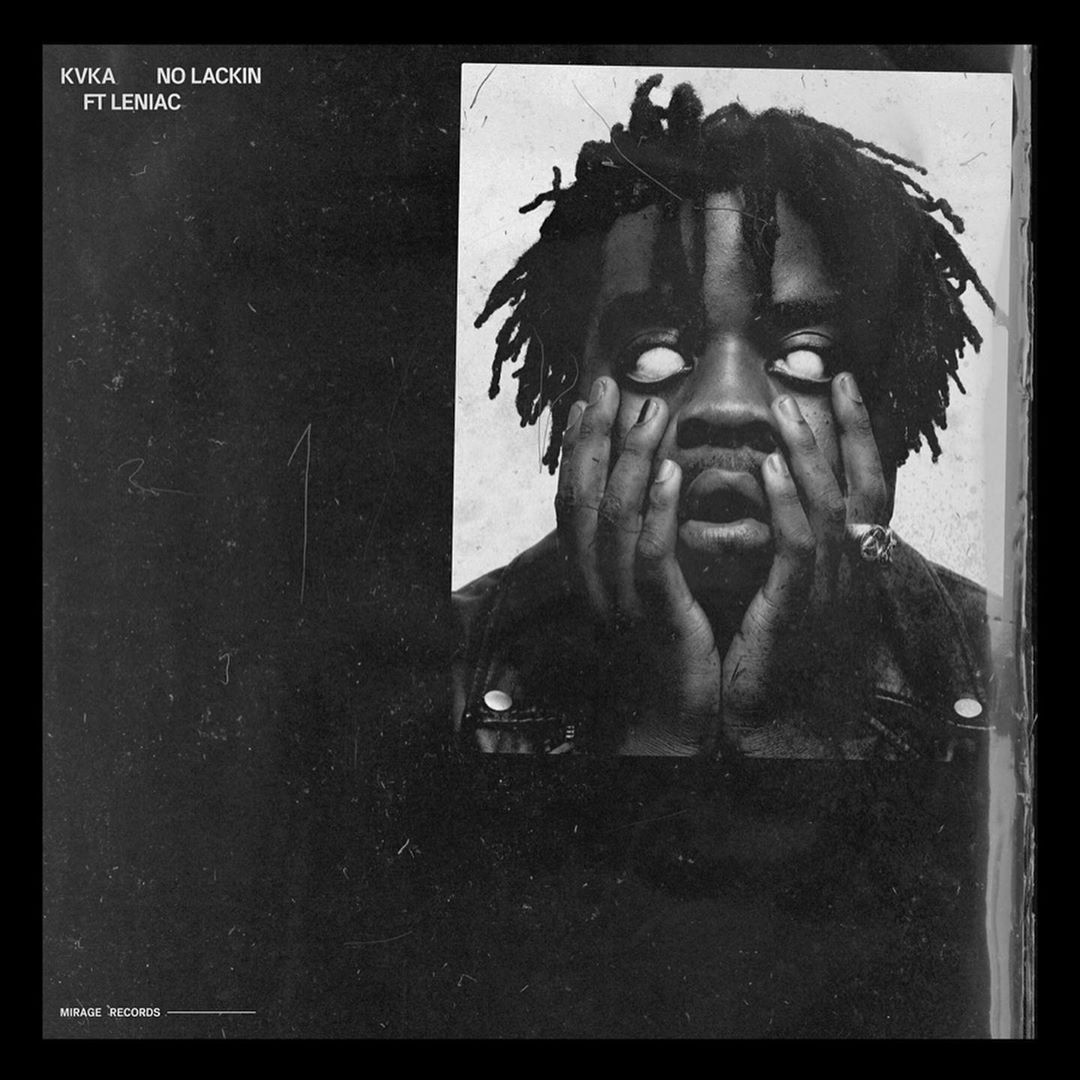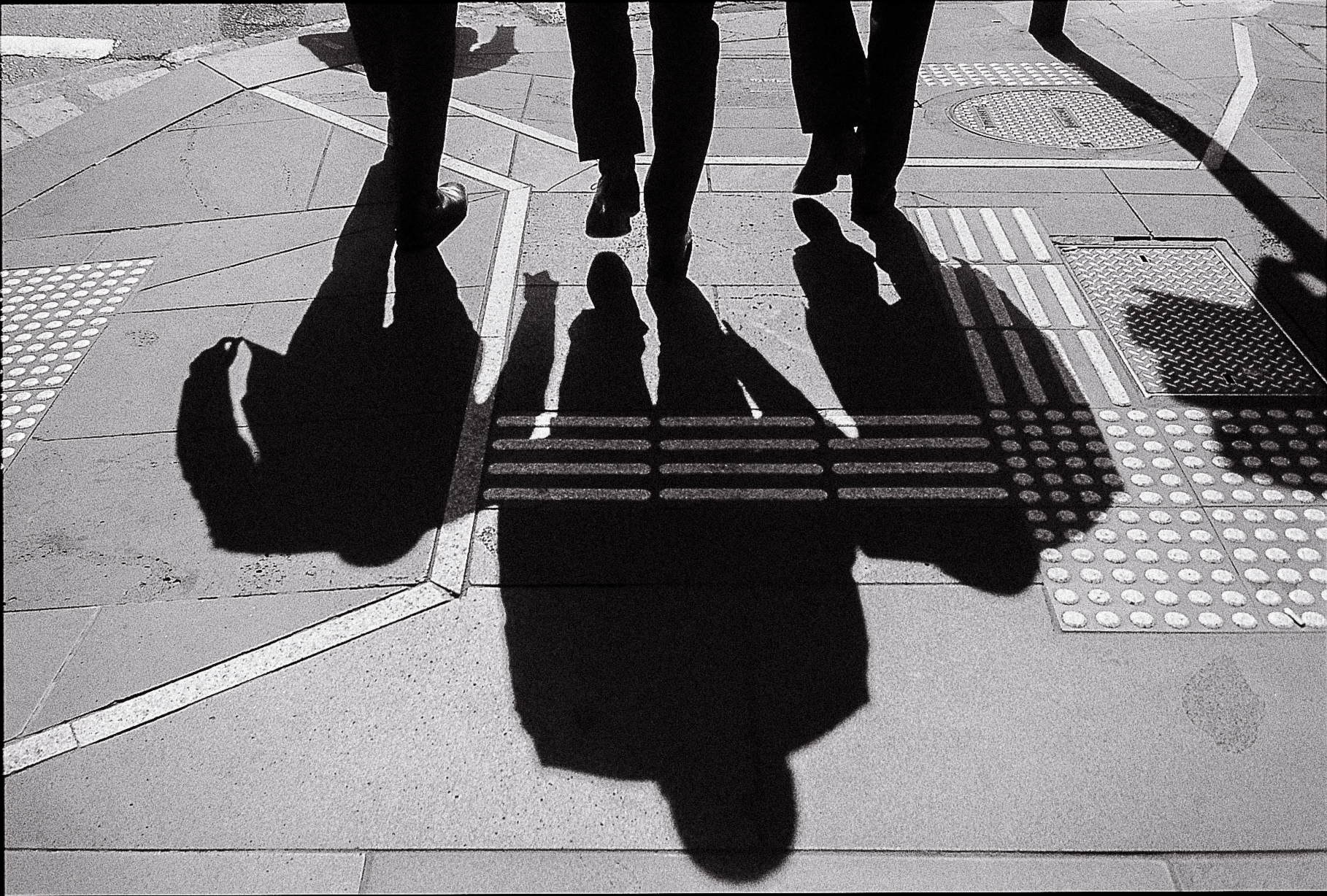PIONEERS OF THE CALIFORNIA SKATE SCENE: AN ESSAY
A series of editorials exploring what progress looks like across different communities.
Words: Olivia

Armed with t-shirts and dark blue vans, the Zephyr Competition Skate Team sparked a cultural revolution at the 1975 Del Mar Nationals skateboarding competition, forever changing the sport. Influenced by the undeniable surfing culture found in Venice Beach and Santa Monica – known to locals as Dogtown – the Z-Boys began an innovative era of skating with aerial manoeuvres and surfing-inspired movements.
Back in the day, if you wanted to “surf the sidewalk”, you had to make your own skateboard, which consisted of going to a vintage store and buying a pair of roller-skates with clay wheels. You then had to cut the wheels off and attach them to your wooden board, which was usually made from sawn-up bedroom drawers. Very retro, very shithouse. But this was exactly what the teens of Dogtown were doing during the early 1970s.

Peggy Oki took 1st place in the Women’s Freestyle at the 1975 Del Mar Nationals skateboarding competition
Initially a surf team, the Zephyr Skate Team was formed in the 1970s by surf-shop owners Skip Engblom, Jeff Ho and Craig Stecyk III along with local teenagers, many of whom came from broken homes. The teens unveiled new, aggressive street-style skateboarding techniques, inspired by the Californian surfing culture of the time. Jay Adams, Peggy Oki, Tony Alva and Stacy Peralta were a few of the big names that made up the original Zephyr team of 12.
During the 1970s, Southern California experienced a significant drought, seeing many homes drain their pools in an attempt to conserve water. Searching for these empty backyard pools, the Z-Boys further developed their aerial techniques on the curved surfaces, immortalised by Craig Stecyk’s photographs and accompanying ‘Dogtown Articles’ featured in Skateboarder Magazine.

Skating low to the ground was a signature move for the Z-Boys, who took skateboarding to a whole other level
With an undeniable ability to transport surfing abilities into skateboarding talent, the Z-Boys would skate low, dragging their hands as if they were riding a wave. This progressive surfing-style of skating was vital in shaping the foundations of contemporary skateboarding.
The Z-Boys quickly rose to fame, but just like the phoenix before them, by 1977 the Zephyr Team no longer existed. Many of its members had moved on to bigger things. A few sadly didn’t. Yet, despite the group’s brief existence, the Z-Boys made their mark on skateboarding history – a mark that is still felt in every aspect of the sport today.

The Zephyr Competition Skate Team uniform consisted of matching t-shirts and dark blue vans








